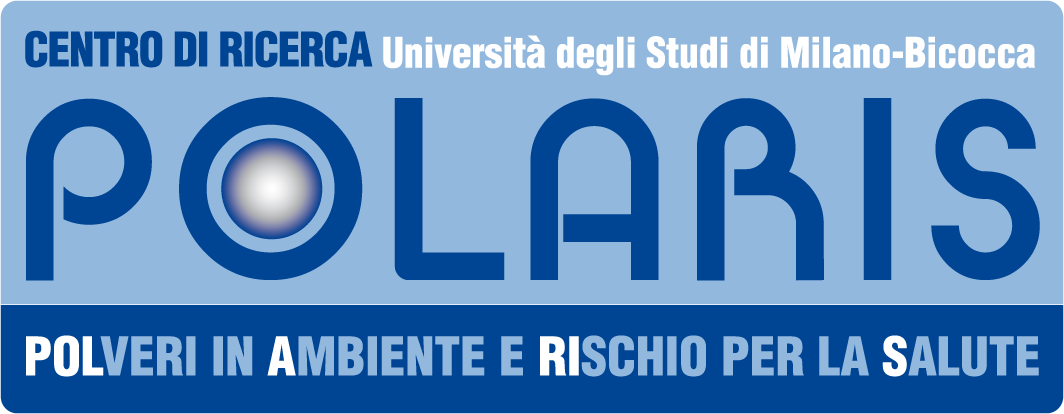Effects of combustion derived ultrafine particles on in vitro and in vivo systems (2010-2012)
This research aims to study the biological effects produced on human pulmonary cell lines by ultrafine particles (UFP) and nanoparticles (NP) furnished by the Research Unit coordinating this project.
The cell lines proposed are a positive and suitable model in use at the national and international scientific community to evaluate the impact of coarse, fine and ultrafine particulate matter of anthropogenic origin released in indoor and outdoor sites. Moreover it will be performed the embryotoxicity test, FETAX (Frog Embryo Teratogenesis Assay-Xenopus), to evaluate the risk that these particulates could produce on the vertebrate aquatic organism (Xenopus laevis). FETAX has been validate by EPA and UNICHIM.and it is mostly used to analyse the toxicity of every type of chemical compounds on the developmental stages of this organism.
The human alveolar epithelial cell line A549, the human bronchial cell line BEAS-2B, the monocitic-macrophage cell line THP-1 will be used to test the cell targets of the exposure material and the FETAX test to analyse the possible routes of entry of the particles and their translocation to the other organs.
The tests planned are in use in the labs of the Center, which has all the facilities to manage cultured cells. Moreover the techniques for the preparation of the fine and ultrafine particulate material for in vitro and in vivo exposure have been gained during the studies on PM10, 2,5 and 1, collected in rural, mountain and urban sites.
The doses suitable for cell exposure will be determined and the results obtained by the morphological and biochemical investigations will be compared with the data already available in literature.
The research will be developed as indicated:
Phase 1 (First Year): the following steps will be performed:
• the particle separation from the collecting media will be set up;
• the obtained samples will be prepared for culture exposure and the doses set up according to our standardised procedure.
In a second time the following parameters will be evaluated:
• A549 and THP-1 cytotoxicity to define the correlation between the dose used and the effect produced;
• the production of reactive oxygen species (ROS) and the molecular markers of the oxidative stress;
• analysis of the cell cycle modifications by flow-cytometry technique.
The results obtained from the analyses of the different particles examined will be compared to address the research of the second year toward the most significant particle population to be further tested.
Phase II (Second Year): the following parameters will be evaluated:
• the cytochines (IL-1;IL-6;IL-8; TNF-a) production by ELISA technique after cell exposure to the selected doses. Moreover the expression of a specific membrane receptor (RAGE) and the release of the protein HMGB1, which is indicator of a cell damage promoting proinflammatory responses, will be immunodetected;
• the particle-cell interactions and the pathway of particle entrance inside the cells with the ultrastructure analysis;
• the potential embryotoxicity of the particles and their translocation inside the embryos with the FETAX test.
At the end of the research it will be possible to obtain consistent information on the mechanism of action of the studied particles, on the correlation between their chemical composition and the biological responses and on the limit value for their impact on human health.




